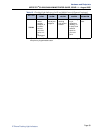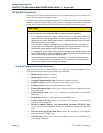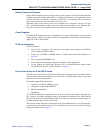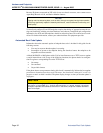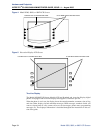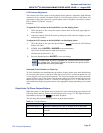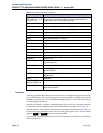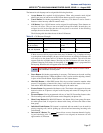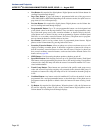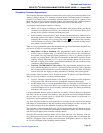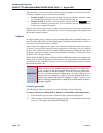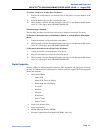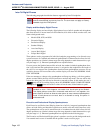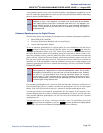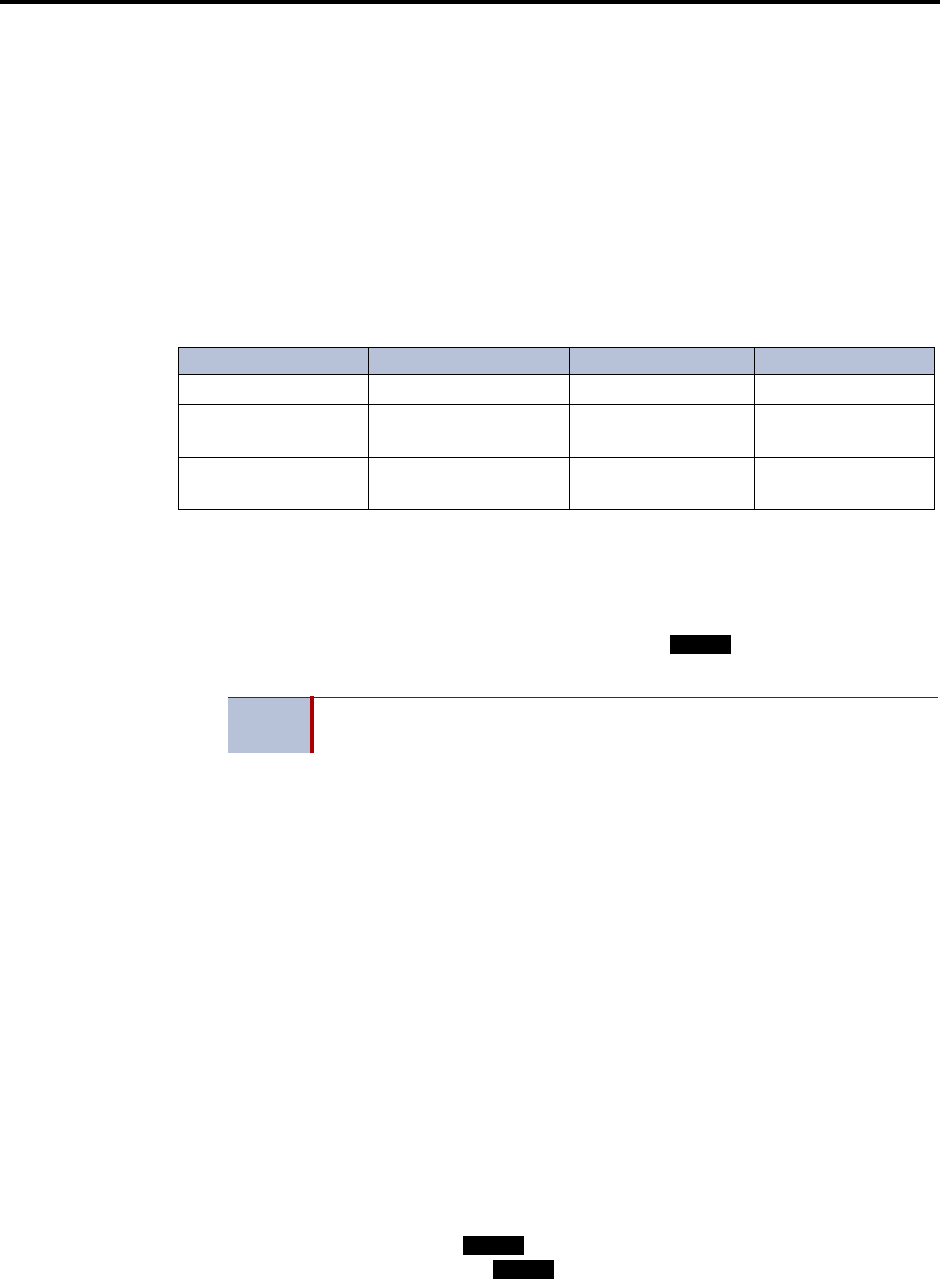
Hardware and Endpoints
INTER-TEL
®
CS-5200/5400 ADMINISTRATOR GUIDE, ISSUE 1.1 – August 2005
Keymaps
Page 97
The buttons in each keymap can be assigned the following functions:
• Accept Button: Not required for digital phones. When using numeric mode, digital
phone users press on both arrows of the Volume button at once to accept an entry.
• Cancel Button: No further programming is necessary. This button is used to cancel a
feature or cancel an entry when in numeric mode.
• Call Button: Up to 10 Call buttons can be assigned in each keymap. These buttons are
used for call access. They are not associated with specific trunks. Instead, they are
assigned to calls in the order that the calls are placed or received. In the following
example, the user has three Call buttons.
The following table describes the use of three Call buttons.
Table 15.
Call Buttons Example
If there are more calls in progress than there are Call buttons (e.g., if another call rings
in to the phone in the example), the new call will not have an available Call button and
will camp on to the phone until a Call button becomes available. The call will then
appear under the available button. Pressing an idle Call button will enter the pro-
grammed Outgoing Call feature for that phone. If no button is programmed in
the keymap, intercom calls will appear under Call buttons.
• Down Button: No further programming is necessary. This button can be used scrolling
backward through displays. When the phone is idle, it can be used for adjusting volume,
in place of the Volume button. Digital phones use the Volume button.
• Mini-DSS Button: A Mini-DSS button dials the associated extension number when
pressed. If assigned to a button with a lamp, it will also show the status of the associ-
ated station. Mini-DSS buttons cannot be changed by the station user.
• Feature Button: Programmed with feature codes. The feature code appears in the same
button location on all phones assigned to the keymap and cannot be changed by the
phone user.
• Forward Button: Can be programmed with any of the Call Forwarding feature codes.
The forwarding code used by the button can be changed by the phone user.
• Hunt Group Button:Like Mini-DSS buttons, this button dials a hunt group pilot num-
ber when pressed and, if assigned to a button with a lamp, will show the status of that
hunt group.
• Individual Trunk Button: This button is associated with one trunk. It can be used for
placing outgoing calls, and for picking up calls on hold and answering incoming calls
on that trunk.
• Intercom (IC) Button: The button allows access to intercom channels for plac-
ing and answering calls. If an button is not assigned, an intercom call will
appear under a Call button.
ACTION CALL BUTTON 1 CALL BUTTON 2 CALL BUTTON 3
User places call #1 Shows status of call #1
Call #2 rings in while
call #1 is active
Shows status of call #1 Shows ring flash for
call #2
Calls #1 and #2 on
hold, call #3 placed
Shows hold flash for
call #1
Shows hold flash for
call #2
Shows status of call
#3
NOTE
All keymaps should have at least one Call button if there is not an individ-
ual trunk button for every trunk.
IC
IC
IC



